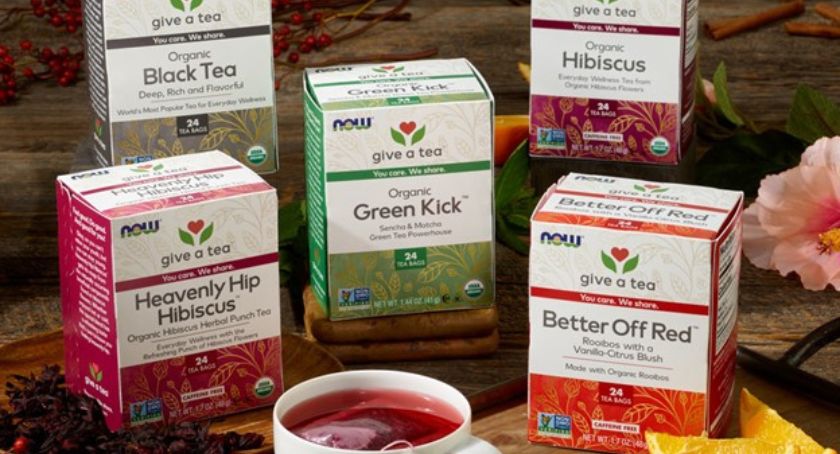Market Updates
Whole Grain, High Fiber Food Market Set to Top $27 Billion
The global market for Whole Grain and High Fiber Foods is forecast to reach US$27.6 billion by the year 2017, according to a new study from Global Industry Analysts (GIA).

By: Sean Moloughney

The global market for Whole Grain and High Fiber Foods is forecast to reach US$27.6 billion by the year 2017, according to a new study from Global Industry Analysts (GIA). Key factors driving market growth include introduction of new and innovative products with improved tastes and flavors; increasing attention towards health and growing consumer awareness; release of the new Dietary Guidelines for Americans, as well as the MyPyramid food guidance system; and increasing popularity of high-fiber diets. Additionally, the growing health concerns pertaining to conditions, such as childhood obesity, geriatric nutrition, and diabetes in the U.S., are also expected to drive the demand for whole grains and high fiber foods.
The significance of healthy foods is gaining momentum, particularly in the US that faces growing health concerns pertaining to conditions, such as childhood obesity, geriatric nutrition, and diabetes. Obesity has emerged as a major challenge facing the global medical sector. Realizing the growing gravity of the condition, the World Health Organization (WHO) released guidelines that promote the consumption of complex carbohydrates, such as fibers. Though both whole grains and fibers are vital for ensuring optimal health benefits for human beings, whole grains are being promoted extensively as they are also abundant in fiber content. Besides, fiber consumption is being promoted through increased emphasis on its health benefits, particularly with respect to energy management and gastro defense. Fiber foods are essential for maintaining optimum blood sugar levels, which allows consumers to effectively manage their energy levels.
The whole grains market is witnessing the launch of numerous innovative whole grain products, which are aimed at providing appealing foods to consumers. Through the introduction of innovative products, in terms of taste, flavor and variety, manufacturers seek to expand the market for whole grain and fiber products. Whole grains emerged as the focus area for food manufacturing companies, with food and beverage companies having adopted whole grains as a major strategy for revitalizing their products and brands. By providing whole grain products that provide long-term health benefits, food companies are allowing consumers to make a transition towards healthy diet.
One of the major factors driving the market includes growing consumer awareness. In addition to the USDA’s new Dietary Guidelines in 2005, public awareness campaigns conducted by the Grain Foods Foundation have also contributed to enhancing awareness levels among consumers. The Grain Foods Foundation undertook a large-scale education program, which sought to disseminate information pertaining to the health benefits of whole grain diets. The introduction of ‘Whole Grain Stamp’ by the Whole Grains Council also contributed to increasing awareness levels, as the stamp allowed consumers to easily identify whole grain foods and also keep track of their daily whole grain consumption levels.
As stated by the new market research report, the United States constitutes the largest regional market for Whole Grain and High Fiber Foods. Americans are currently faced with increasing health-related risks associated with the consumption of diet based on refined grains. To deal with the situation, consumers are moving towards food products that contain whole grains. Consequently, food manufacturers are currently developing and introducing innovative, healthy and tasty products that are based on whole grains. Europe and Asia-Pacific are the next major markets for whole grains and high fiber foods. Asia-Pacific represents the fastest growing regional market, displaying a compound growth rate of 6.82% through 2017.
By product segment, Cereals represent the largest segment in the whole grain and high fiber foods market. Breakfast cereals, either hot or cold, constitute the staple food for consumers across the world. The Ready-to-Eat (RTE) cereal segment offers breakfast products that are convenient to prepare and consume lesser time. In the recent years, food companies have faced the ire of nutritionists due to the ‘unhealthy’ nature of these products. Consequently, manufacturers have developed and introduced several products that involve healthy ingredients such as whole grains.
Wholegrain cereals are good sources of various minerals, phytochemicals and vitamins. Cereal contains less saturated fat, but includes a good amount of polyunsatured fats, which comprise omega 3 linolenic acid. Cereals are also rich in fiber and provide considerable amount of daily nutrient requirements for a person. The regular intake of whole grain-based cereals plays a significant role in lowering the risk associated with diseases such as cancer, diverticular disease, diabetes and coronary heart disease. The concept of ready-to-eat breakfast cereals has become common across the world, particularly in the developed regions of the world. Grain-based cereals were introduced as alternatives to earlier breakfast tradition involving porridge or gruel, which was grain cooked in milk or water.
Baked foods are poised to emerge as the fastest growing market over the analysis period. The increasing demand for natural bakery products with ingredients such as fiber and whole grain is expected to fuel the overall demand for baked food. The recommendations pertaining to the consumption of whole grain-based products are expected to significantly benefit the high-fiber bakery industry, which would enable the segment to overcome the mature conditions being witnessed in the recent years. Several nutritionists have emphasized on increasing the consumption of whole grain foods as a means of optimum weight management, rather than substantially lowering the level of carbohydrates in the diet.




















